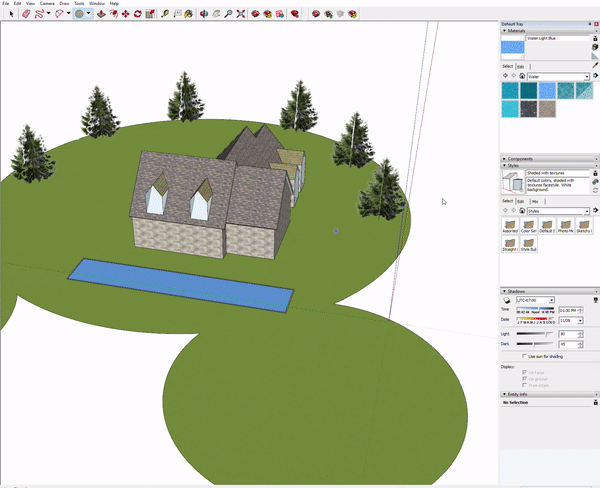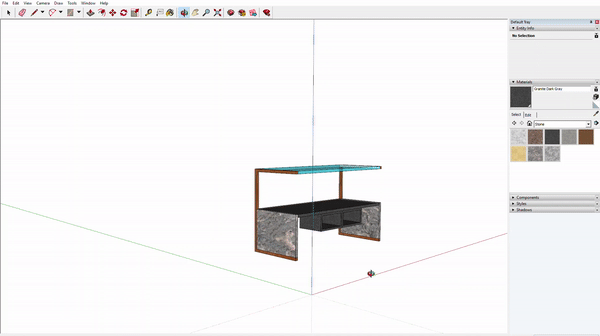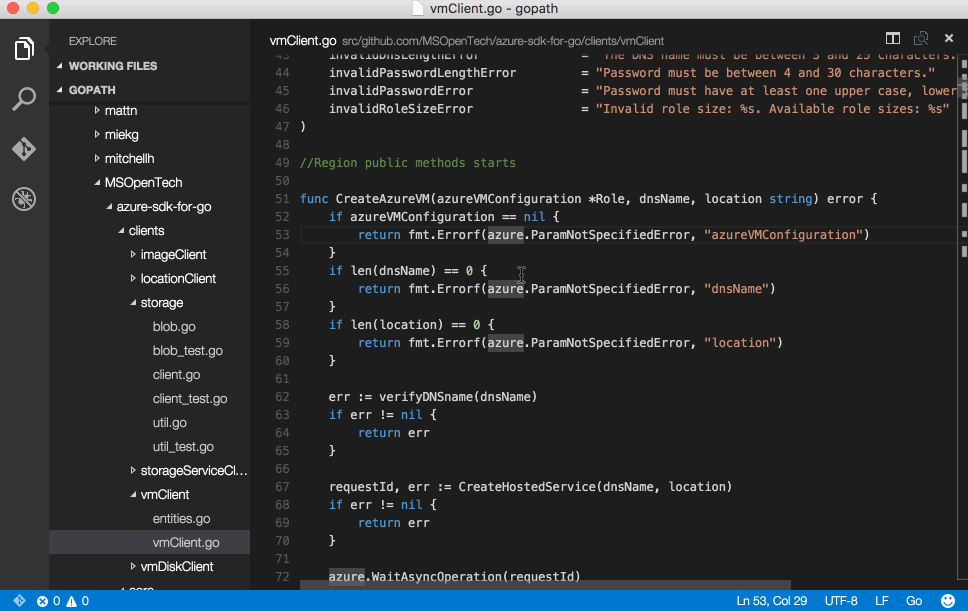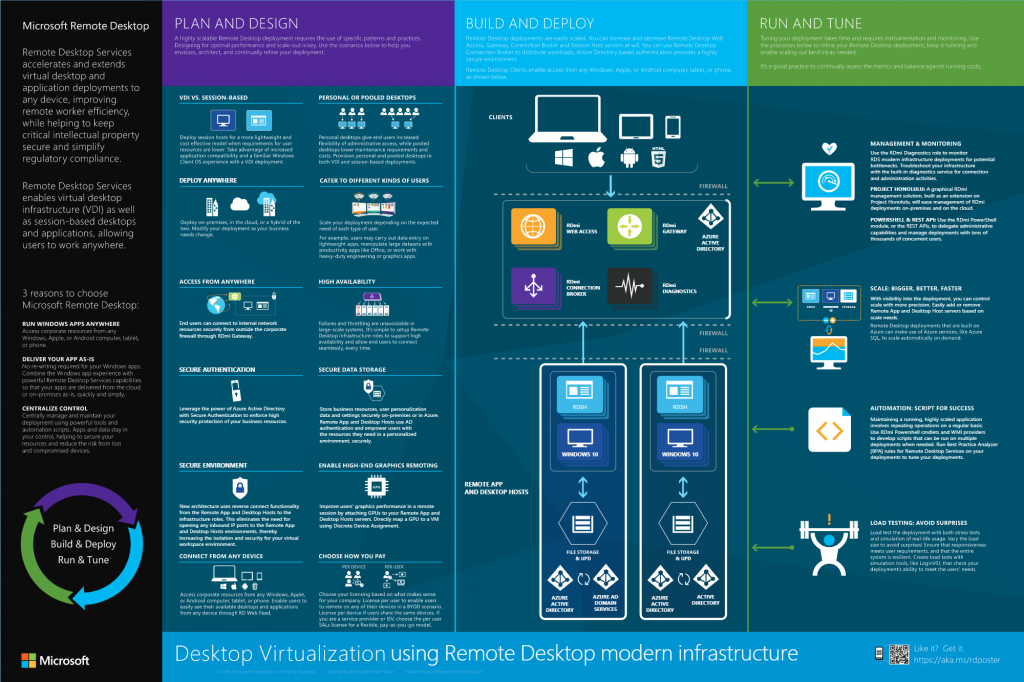After deploying OpenStack Keystone, Swift and Horizon I have a need to change the public endpoints for these services from HTTP to HTTPS.
Horizon endpoint
This deployment is a single server for Horizon. The TLS/SSL termination point is on the server (no loadbalancers or such).
To get Horizon using TLS/SSL all that needs to be done is adding the keys, cert, ca and updating the vhost. My vhost not looks like this:
WSGISocketPrefix run/wsgi
<VirtualHost *:80>
ServerAdmin sys@test.mwclearning.com
ServerName horizon-os.mwclearning.com.au
ServerAlias api-cbr1-os.mwclearning.com.au
ServerAlias api.cbr1.os.mwclearning.com.au
ServerName portscan.assetowl.ninja
Redirect permanent / https://horizon-os.mwclearning.com.au/dashboard
</VirtualHost>
<VirtualHost *:443>
ServerAdmin sys@test.mwclearning.com
ServerName horizon-os.mwclearning.com.au
ServerAlias api-cbr1-os.mwclearning.com.au
ServerAlias api.cbr1.os.mwclearning.com.au
WSGIDaemonProcess dashboard
WSGIProcessGroup dashboard
WSGIScriptAlias /dashboard /usr/share/openstack-dashboard/openstack_dashboard/wsgi/django.wsgi
Alias /dashboard/static /usr/share/openstack-dashboard/static
<Directory /usr/share/openstack-dashboard/openstack_dashboard/wsgi>
Options All
AllowOverride All
Require all granted
</Directory>
<Directory /usr/share/openstack-dashboard/static>
Options All
AllowOverride All
Require all granted
</Directory>
SSLEngine on
SSLCipherSuite ECDH+AESGCM:DH+AESGCM:ECDH+AES256:DH+AES256:ECDH+AES128:DH+AES:ECDH+3DES:DH+3DES:RSA+AESGCM:RSA+AES:RSA+3DES:!aNULL:!MD5:!DSS:!RC4
SSLCertificateKeyFile /etc/pki/apache/wildcard.mwclearning.com.au-201710.key.pem
SSLCertificateFile /etc/pki/apache/wildcard.mwclearning.com.au-201710.cert.pem
SSLCACertificateFile /etc/pki/apache/wildcard.mwclearning.com.au-201710.ca.pem
</VirtualHost>
With a systemctl restart httpd this was working….
Logging into Horizon and checking the endpoints under Project -> Compute -> API Access I can see some more public HTTP endpoints:
Identity http://api.cbr1.os.mwclearning.com:5000/v3/
Object Store http://swift.cbr1.os.mwclearning.com:8080/v1/AUTH_---
These endpoints are defined in Keystone, to see them and edit them there I can ssh to the keystone server and run some mysql queries. Before I do this I need to make sure that the swift and keystone endpoints are configure to use TLS/SSL.
Keystone endpoint
Again the TLS/SSL termination point is apache… so some modification to /etc/httpd/conf.d/wsgi-keystone.conf is all that is required:
Listen 5000
Listen 35357
<VirtualHost *:5000>
WSGIDaemonProcess keystone-public processes=5 threads=1 user=keystone group=keystone display-name=%{GROUP}
WSGIProcessGroup keystone-public
WSGIScriptAlias / /usr/bin/keystone-wsgi-public
WSGIApplicationGroup %{GLOBAL}
WSGIPassAuthorization On
LimitRequestBody 114688
<IfVersion >= 2.4>
ErrorLogFormat "%{cu}t %M"
</IfVersion>
ErrorLog /var/log/httpd/keystone.log
CustomLog /var/log/httpd/keystone_access.log combined
<Directory /usr/bin>
<IfVersion >= 2.4>
Require all granted
</IfVersion>
<IfVersion < 2.4>
Order allow,deny
Allow from all
</IfVersion>
</Directory>
Alias /identity /usr/bin/keystone-wsgi-public
<Location /identity>
SetHandler wsgi-script
Options +ExecCGI
WSGIProcessGroup keystone-public
WSGIApplicationGroup %{GLOBAL}
WSGIPassAuthorization On
</Location>
SSLEngine on
SSLCipherSuite ECDH+AESGCM:DH+AESGCM:ECDH+AES256:DH+AES256:ECDH+AES128:DH+AES:ECDH+3DES:DH+3DES:RSA+AESGCM:RSA+AES:RSA+3DES:!aNULL:!MD5:!DSS:!RC4
SSLCertificateKeyFile /etc/pki/apache/wildcard.mwclearning.com.au-201710.key.pem
SSLCertificateFile /etc/pki/apache/wildcard.mwclearning.com.au-201710.cert.pem
SSLCACertificateFile /etc/pki/apache/wildcard.mwclearning.com.au-201710.ca.pem
</VirtualHost>
<VirtualHost *:35357>
WSGIDaemonProcess keystone-admin processes=5 threads=1 user=keystone group=keystone display-name=%{GROUP}
WSGIProcessGroup keystone-admin
WSGIScriptAlias / /usr/bin/keystone-wsgi-admin
WSGIApplicationGroup %{GLOBAL}
WSGIPassAuthorization On
LimitRequestBody 114688
<IfVersion >= 2.4>
ErrorLogFormat "%{cu}t %M"
</IfVersion>
ErrorLog /var/log/httpd/keystone.log
CustomLog /var/log/httpd/keystone_access.log combined
<Directory /usr/bin>
<IfVersion >= 2.4>
Require all granted
</IfVersion>
<IfVersion < 2.4>
Order allow,deny
Allow from all
</IfVersion>
</Directory>
Alias /identity_admin /usr/bin/keystone-wsgi-admin
<Location /identity_admin>
SetHandler wsgi-script
Options +ExecCGI
WSGIProcessGroup keystone-admin
WSGIApplicationGroup %{GLOBAL}
WSGIPassAuthorization On
</Location>
</VirtualHost>
I left the internal interface as HTTP for now…
Swift endpoint
OK so swift one is a bit different… its actually recommended to have an SSL termination service in front of the swift proxy see: https://docs.openstack.org/security-guide/secure-communication/tls-proxies-and-http-services.html
With that recommendation from OpenStack and ease of creating an apache reverse proxy – I will do that.
# install packages
sudo yum install httpd mod_ssl
After install create a vhost /etc/httpd/conf.d/swift-endpoint.conf contents:
<VirtualHost *:443>
ProxyPreserveHost On
ProxyPass / http://127.0.0.1:8080/
ProxyPassReverse / http://127.0.0.1:8080/
ErrorLog /var/log/httpd/swift-endpoint_ssl_error.log
LogLevel warn
CustomLog /var/log/httpd/swift-endpoint_ssl_access.log combined
SSLEngine on
SSLCipherSuite ECDH+AESGCM:DH+AESGCM:ECDH+AES256:DH+AES256:ECDH+AES128:DH+AES:ECDH+3DES:DH+3DES:RSA+AESGCM:RSA+AES:RSA+3DES:!aNULL:!MD5:!DSS:!RC4
SSLCertificateKeyFile /etc/httpd/tls/wildcard.mwclearning.com.201709.key.pem
SSLCertificateFile /etc/httpd/tls/wildcard.mwclearning.com.201709.cert.pem
SSLCertificateChainFile /etc/httpd/tls/wildcard.mwclearning.com.201709.ca.pem
</VirtualHost>
#resart apache
systemctl restart httpd
So now we should have an endpoint that will decrypt and forward https request from port 443 to the swift listener on port 8080.
Updating internal auth
As keystones auth listener is the same for internal and external (vhost) I also updated the internal address to match the FQDN allowing for valid TLS.
Keystone service definitions
mysql -u keystone -h services01 -p
use keystone;
select * from endpoint;
# Updating these endpoints with
update endpoint set url='https://swift-os.mwclearning.com:8080/v1/AUTH_%(tenant_id)s' where id='579569...';
update endpoint set url='https://api-cbr1-os.mwclearning,com:5000/v3/' where id='637e843b...';
update endpoint set url='http://controller01-int.mwclearning.com:5000/v3/' where id='ec1ad2e...';
Now after restarting the services all is well with TLS!




